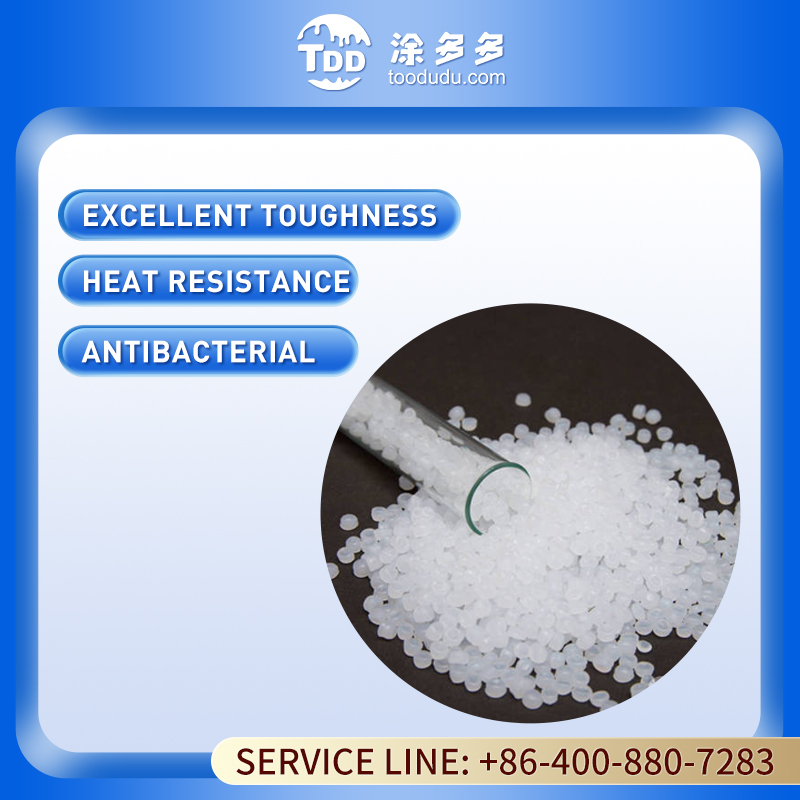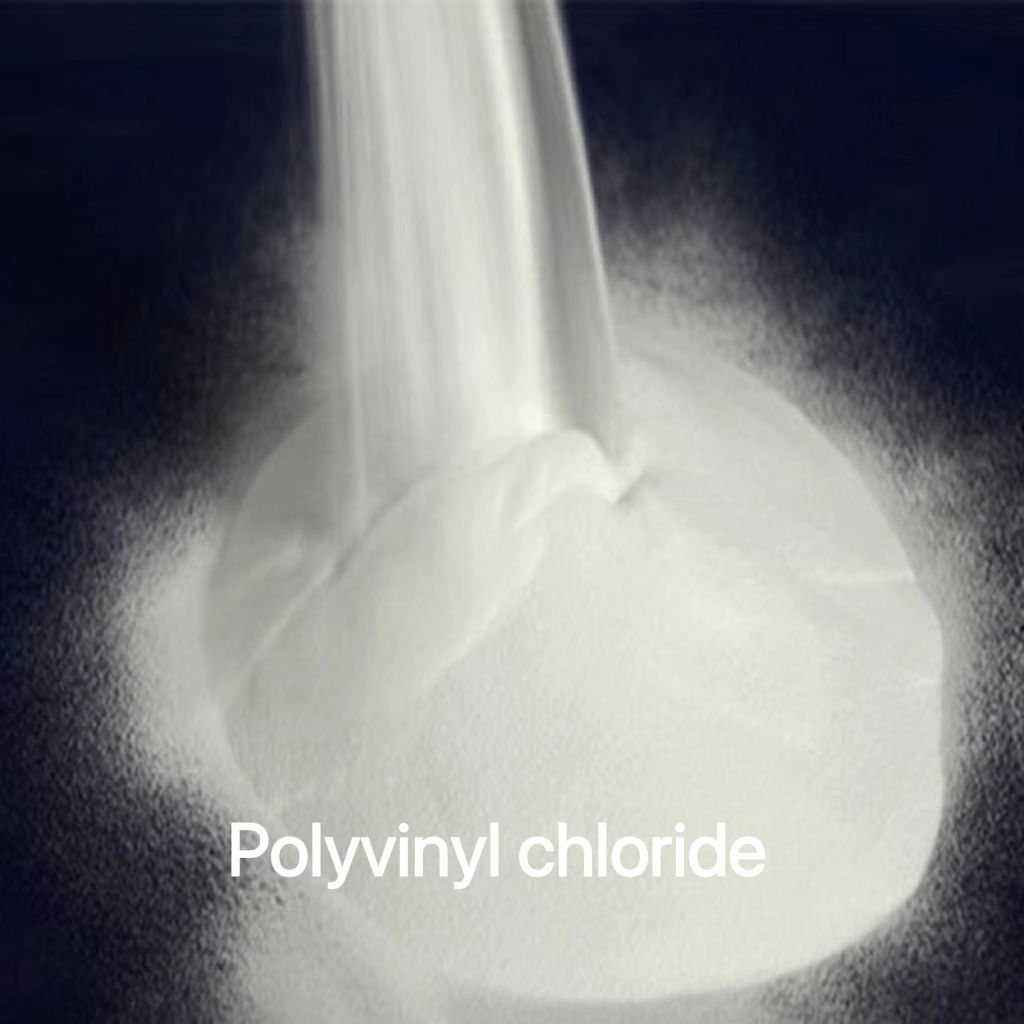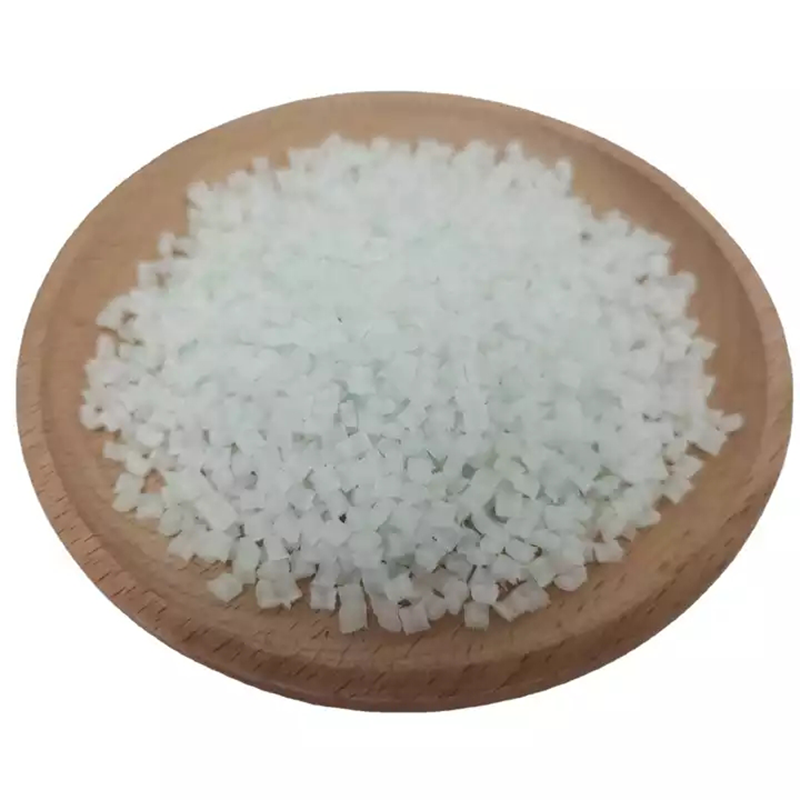The type of polypropylene and difference of polypropylene
Polypropylene (PP) is a thermoplastic resin with the lowest density, which can be divided into homo polypropylene (PP-H) and co polypropylene. Among them, co polypropylene can be divided into block (impact resistant) co polypropylene (PP-B) and random (random) co polypropylene (PP-R). There are so many kinds of PP materials, so what are their differences?
1.PP-H
It is polymerized from a single propylene monomer, which has the lowest density in common plastics. Its molecular chain regularity is very high, so the material has high crystallinity and poor impact performance.
Advantages: good strength and corrosion resistance.
Disadvantages: poor impact resistance (brittleness), poor toughness, poor dimensional stability, easy aging, poor long-term heat stability, poor barrier to oxygen, carbon dioxide and other gases.
Usage: It can be used for packing belt, blow bottle, brush, rope, woven bag, toy, folder, electrical appliances, household goods, microwave oven lunch box, storage box, wrapping paper film.
How to distinguish: the wire is flat and not long when burning.
2.PP-B
It is obtained by copolymerization of propylene and some ethylene, and the ethylene content is generally 7~15%. However, because the probability of two ethylene monomers and three monomers connecting together in PP-B is very high, it means that the ethylene monomer only exists in the block phase, and the regularity of PP-H is not reduced, so the purpose of improving PP-H melting point, long-term hydrostatic pressure resistance, long-term heat resistance and pipe processing and molding cannot be achieved.
Advantages: good impact resistance.
Disadvantages: low transparency, low gloss, poor moisture absorption resistance, acid and alkali corrosion resistance, solubility resistance and oxidation resistance at high temperature.
Usage: used for bumper, thin wall products, baby carriage, sports equipment, luggage, paint bucket, battery box, thin wall products.
Identification method: It will not blacken after ignition, and can pull out a long round wire.
3.PP-R
It is obtained by copolymerization of propylene monomer and a small amount of ethylene (1-4%) monomer under heating, pressure and catalyst, and the ethylene monomer is randomly distributed in the long chain of propylene. The random addition of ethylene reduces the crystallinity and melting point of the polymer, improves the impact resistance, long-term hydrostatic pressure resistance, long-term heat and oxygen aging resistance and pipe processing and molding properties.
PP-R molecular chain structure, ethylene monomer content and other indicators have a direct impact on the long-term thermal stability, mechanical properties and processing properties of materials. The more random the distribution of ethylene monomer in propylene molecular chain, the more significant the change of polypropylene properties.
Advantages: good comprehensive performance, high strength, high rigidity, good heat resistance, good dimensional stability, excellent low-temperature toughness (good flexibility), good transparency, and good glossiness.
Disadvantages: PP has the best performance.
Use: It is used for tubing, shrink film, drip bottle, high transparent container, transparent household products, disposable needle cylinder and packaging paper film.
Identification method: It will not blacken after ignition, and can pull out a long round wire.
4.Comparison of three types of polypropylene
Tensile yield strength: homogeneous polypropylene>block copolymer>random copolymer.
Rigidity: homopolypropylene>block copolymer>random copolymer.
Impact strength: block copolymer random copolymer homogeneous polypropylene.
Transparency: random co polypropylene>homogeneous polypropylene>block co polypropylene.
Low temperature toughness: block co polypropylene>random co polypropylene>homogeneous polypropylene.
Recommand procuts from TDD:
 Factory Price Virgin PP Raw Material
Factory Price Virgin PP Raw Material
 Ordos Polyvinyl Chloride PVC resin SG-5
Ordos Polyvinyl Chloride PVC resin SG-5














